Editor's note: This column was co-authored by Elizabeth Edwards Spalding.
It is just as true today as it was more than a century ago when the philosopher George Santayana wrote: “Those who cannot learn from history are condemned to repeat it.” That is why the history of the Cold War—the most protracted conflict of the 20th century—is critical to today’s war on terrorism. Here are ten things to understand about the Cold War:
1. It was a war. The Cold War is sometimes referred to as World War III, which is apt. At its quietest moments, the Cold War was warm, and events such as the Korean War, the Cuban Missile Crisis, the Hungarian Revolution, the Prague Spring, the Vietnam War, and Tiananmen Square were very hot indeed.
2. It was global. The Cold War was not just about parts of Europe and Asia--every region of the world was involved. The conflict was usually central to politics, diplomacy, and trade. No matter the issue, it was impossible to escape the Cold War.
3. It revolved around communism. To this day, some insist that the Soviet Union merely pursued its national interest. They may concede that the USSR and other communist nations could be aggressive, but only because they sought power and influence like other nations within the international system. But communist totalitarianism was and is ruthless because its theory of the state uses every means possible—including terror, torture, and disinformation—to achieve its goals.
4. It was a battle of ideologies in every possible realm--political, economic, moral, and spiritual. But there was no equivalence between the two sides. The Cold War was a conflict between good and evil, freedom and tyranny, liberal democracy and totalitarianism, capitalism and communism, theism and atheism.
5. The Cold War was started and driven by Soviet aggression. By its nature, the communist regime threatened others: It was repressive of those within its borders and offensive toward those outside its borders. Until a communist regime weakens and begins to crumble from outside and inside pressures, its rulers mete out fear and insecurity and exploit opportunities to expand their power and influence.
Recommended
6. If not for containment, the outcome of the Cold War would have been much different. What if former Vice President Henry Wallace had succeeded FDR in April 1945 and negotiated a “peace” through a merging of democratic and communist beliefs? Instead, Harry Truman, the first Cold Warrior, became president and led the strategy of containment, which stopped the communists from spreading farther into Europe and Asia, built up the free world, and established the foundations for Western peace through strength and eventual victory in the Cold War.
7. The Cold War received bipartisan support. The high-water mark was the partnership between Truman and the GOP-controlled Congress of 1947-49, which resulted in the Truman Doctrine, the Marshall Plan, and the beginnings of NATO. Ups and downs followed, but even when many Democrats turned into doves, leaders like Senator Henry Jackson (D-Wash.) joined with Republican cold warriors to keep the pressure on the Soviets and point out the weaknesses of Nixon’s and Carter’s brands of détente. Under Reagan, anticommunists of both parties, joined by former Democrats and liberals turned neoconservatives, supported the president’s renewed commitment to containment.
8. Key people made all the difference. Lenin started the Cold War, and Stalin and his successors globalized the conflict. Truman, followed by Eisenhower and Kennedy, responded with containment. After the failures of détente by Nixon and Carter, Reagan renewed our alliances, built up our military defense, and then negotiated from a position of strength with Mikhail Gorbachev, the Soviet leader who unintentionally let freedom out of the bottle with his policies of glasnost and perestroika.
9. Communist totalitarianism has killed well over 100 million people since the Bolshevik Revolution. The Soviets caused over half of these deaths, with Stalin alone responsible for over 20 million. New archival research reveals that the PRC under Mao caused anywhere from 49 to almost 80 million deaths. But it doesn’t stop there: North Korea, Cambodia, Cuba, Vietnam, Nicaragua, Afghanistan, Angola, and other communist states and parties have contributed to the death count. Plus, over 1 billion people today still live under communism.
10. Freedom. The West won the Cold War because people yearn to be free. American leadership, the U.S. commitment to containment, and the Western alliance were all necessary for victory. And seekers of freedom such as John Paul II, Vaclav Havel, Lech Walesa, Alexander Solzhenitsyn, Andrei Sakharov, Armando Valladares, Harry Wu, and those whose names we do not know were indispensable. By the time that Reagan left office in January 1989, Gorbachev, the last leader of the Soviet system, had publicly acknowledged the failure of Marxism–Leninism and the futility of its imperialism.
Author's note: "A Brief History of the Cold War" is available here.
ELIZABETH EDWARDS SPALDING is associate professor of government at Claremont McKenna College, where she teaches U.S. foreign policy and American government and directs CMC’s Washington, D.C., program. The author of The First Cold Warrior: Harry Truman, Containment, and the Remaking of Liberal Internationalism, she has also contributed to several volumes on the presidency and American foreign policy and written for the Wilson Quarterly, the Journal of American History, Comparative Political Studies, and Presidential Studies Quarterly.



















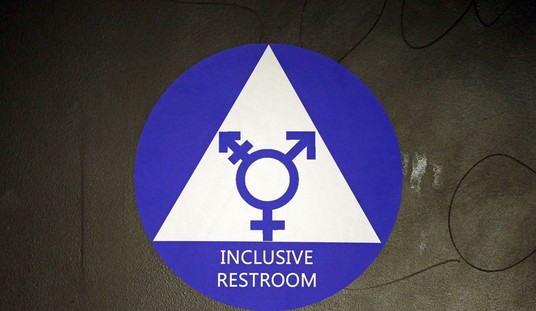
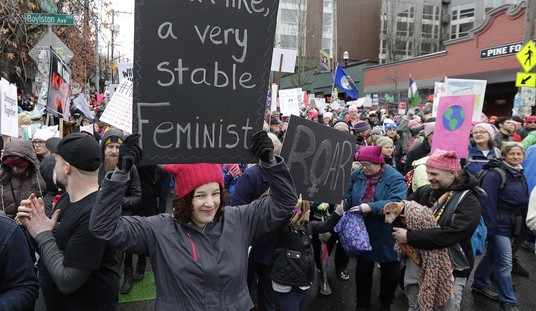
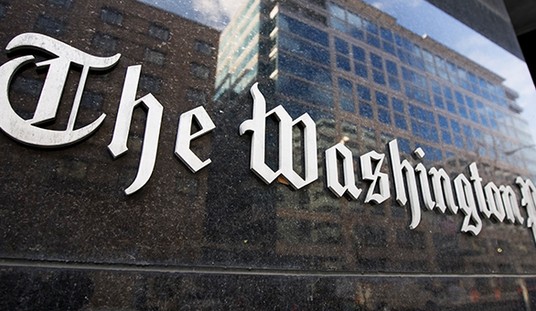
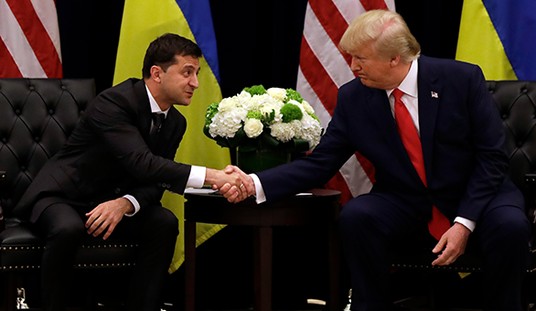

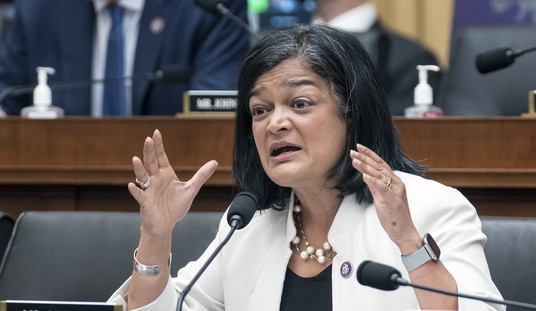
Join the conversation as a VIP Member